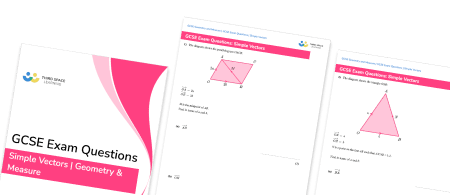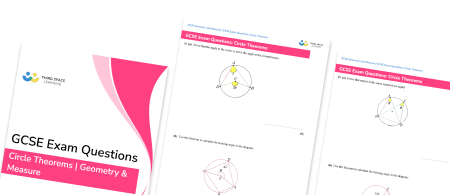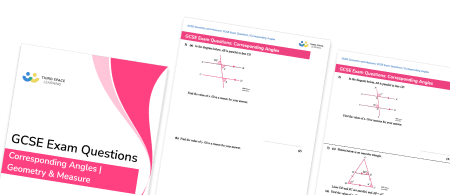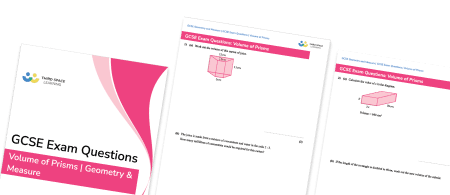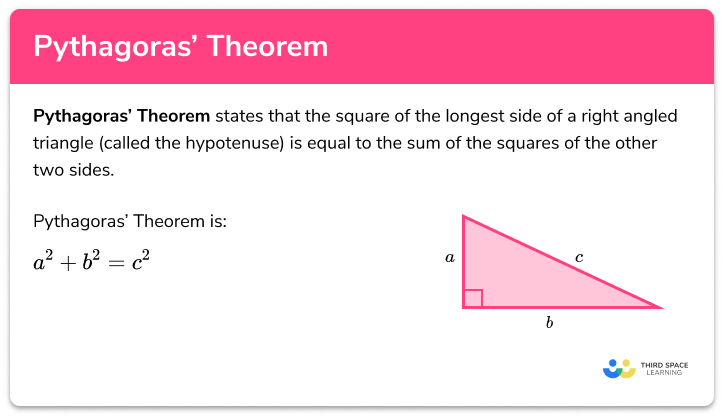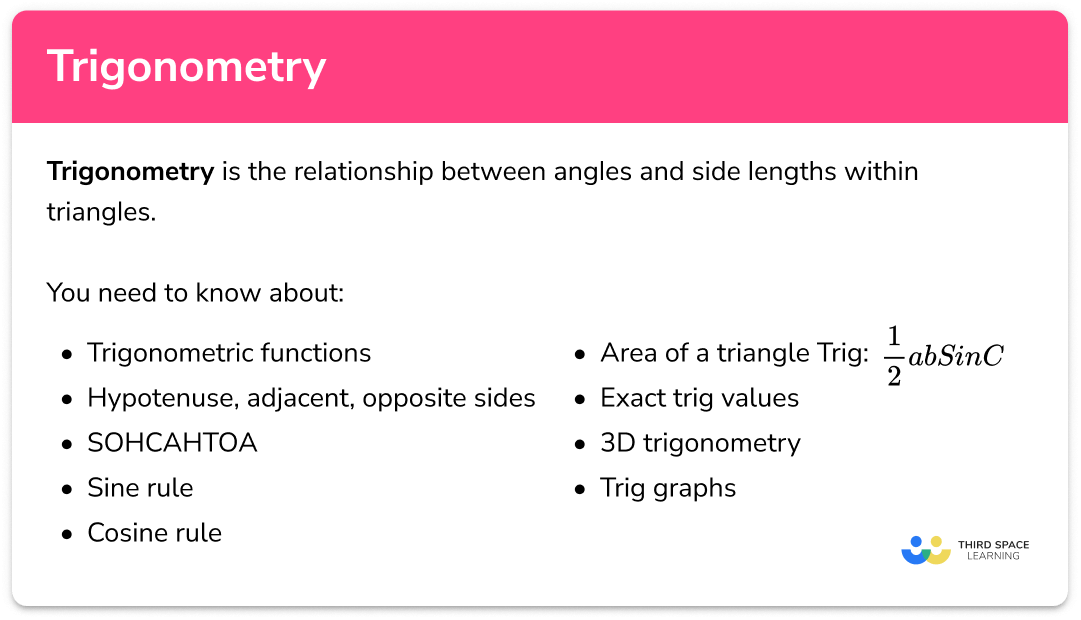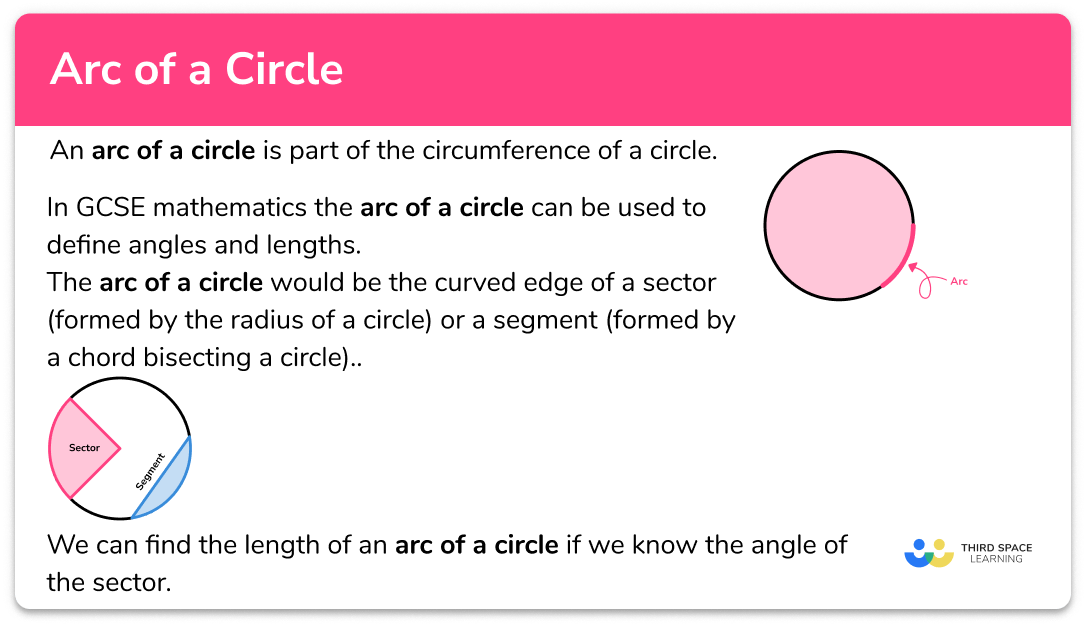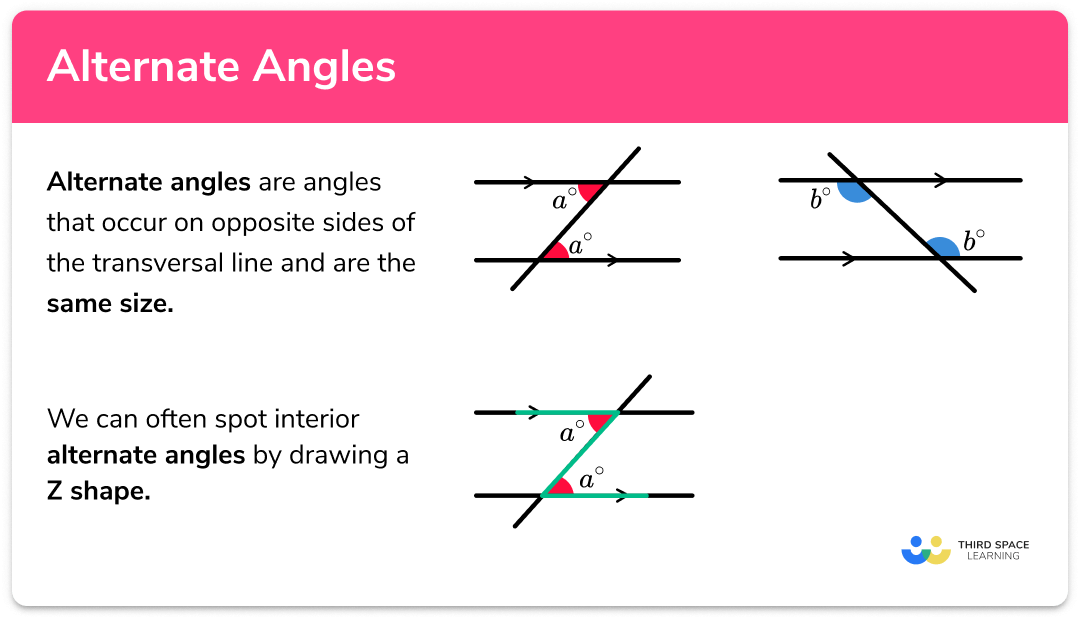FREE DOWNLOAD
Volume And Surface Area Of A Triangular Prism Worksheet

Help your students prepare for their Maths GCSE with this free volume and surface area of triangular prisms worksheet of 44 questions and answers
- Section 1 of the volume and surface area of triangular prisms worksheet contains 36 skills-based volume and surface area of triangular prisms questions, in 3 groups to support differentiation
- Section 2 contains 4 applied volume and surface area of triangular prisms questions with a mix of worded problems and deeper problem solving questions
- Section 3 contains 4 foundation and higher level GCSE exam style volume and surface area of triangular prisms questions
- Answers and a mark scheme for all volume and surface area of triangular prisms questions are provided
- Questions follow variation theory with plenty of opportunities for students to work independently at their own level
- All questions created by fully qualified expert secondary maths teachers
- Suitable for GCSE maths revision for AQA, OCR and Edexcel exam boards
Volume and surface area of triangular prisms at a glance
Triangular prisms are 3d shapes consisting of two identical triangular faces at either end of the prism, connected by three rectangular faces.
These should not be confused with triangular pyramids as they do not have a constant cross-sectional area.
To find the volume of a triangular prism, we use the formula: Volume = area of cross-section ✖ length. As the cross-section of a triangular prism is a triangle, the height of the prism is identical to the height of the triangle. The volume formula works for any prism, including triangular prisms, rectangular prisms, L-shaped prisms, and trapezoidal prisms to name a few.
The volume of any 3d shape is measured in cubic units such as cubic centimetres (cm3), cubic metres (m3), or cubic millimetres (mm3).
The cross-section of a triangular prism is a triangle so to find its area we use the area formula for a triangle: Area equals a half, multiplied by the base, multiplied by the height. Area is measured in square units such as square centimetres (cm2), square metres (m2) or square millimetres (mm2).
To find the surface area of a triangular prism we calculate the area of each face. We then add these together to find the total surface area. Surface area (also called lateral surface area) is measured in square units. If a prism is standing upright, the cross sectional area we need to find is the area of the base of the prism. For example, a triangular prism standing on the cross sectional area would have a triangular base.
For example, take a right-angled triangular prism with the following side lengths: a base of b cm, a height of h cm, a slope length l cm, and a depth of d cm. The surface area of the triangular prism would be the area of the two right triangle faces, bh, added to the area of the other faces, d✖(b+h+l).
Looking forward, students can then progress to additional 3D shapes worksheets and more geometry worksheets for example an angles in polygons worksheet or volume and surface area of spheres worksheet.

For more teaching and learning support on Geometry our GCSE maths lessons provide step by step support for all GCSE maths concepts.
Do you have students who need additional support?

With Third Space Learning's secondary maths tutoring programmes, students in Year 7-11 receive regular one to one maths tutoring to address gaps, build confidence and boost progress.
"My confidence in the tutoring is high. We've had some phenomenal results. I even had one girl get a Grade 8 this year; she came to every tutoring session."
Stacey Atkins, Maths Director, Outwood Grange Academies Trust

